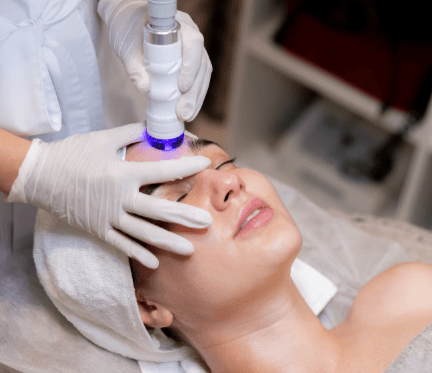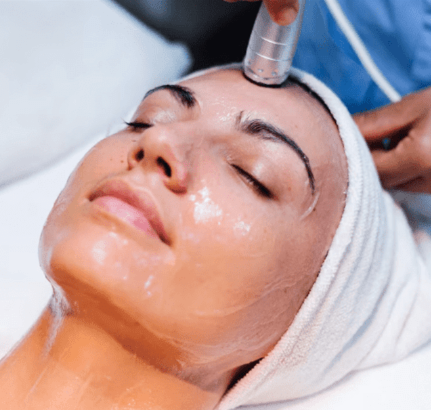Introduction
LASIK surgery offers a fast path to clearer vision, but the recovery phase is critical to ensuring the best results and preventing complications. For medical patients—who may have additional health considerations—understanding the typical healing timeline and how to care for your eyes post-surgery can make the difference between a smooth recovery and avoidable setbacks.
This guide breaks down the LASIK recovery process day by day and provides practical tips tailored to your needs as a medical patient.
Day 1: Immediately After Surgery
What to Expect:
- Vision may be blurry or hazy; mild discomfort or burning sensation is common.
- Eyes will be sensitive to light and may water.
- A protective shield or patch is usually worn overnight.
Care Tips:
- Rest with your eyes closed as much as possible.
- Use prescribed antibiotic and anti-inflammatory eye drops exactly as directed.
- Avoid rubbing or touching your eyes.
- Wear sunglasses to reduce light sensitivity outdoors.
- Avoid driving; arrange for transportation home.
Days 2–3: Early Healing Phase
What to Expect:
- Vision may fluctuate but typically begins to improve.
- Mild dryness, itchiness, or foreign body sensation can occur.
- Some patients notice glare or halos around lights.
Care Tips:
- Continue all prescribed eye drops on schedule.
- Use lubricating artificial tears to relieve dryness.
- Avoid strenuous activities, swimming, and hot tubs.
- Limit screen time and give your eyes frequent breaks.
- Sleep with eye shields if recommended to prevent inadvertent rubbing.
Days 4–7: Stabilization Period
What to Expect:
- Vision should become clearer and more stable but may still vary.
- Discomfort usually lessens significantly.
- Dry eye symptoms may persist.
Care Tips:
- Maintain regular eye drop regimen.
- Gradually resume light activities but avoid heavy exercise or dusty environments.
- Continue to protect eyes from wind, smoke, and irritants.
- Attend your first post-op checkup with your surgeon.
Weeks 2–4: Continued Recovery
What to Expect:
- Vision should be significantly improved and near your final outcome.
- Dryness and sensitivity may still linger, but should steadily diminish.
- Most patients can safely resume normal work and driving.
Care Tips:
- Follow up with your surgeon as scheduled.
- Use lubricating drops as needed.
- Avoid eye makeup for at least two weeks post-surgery.
- Protect your eyes from UV exposure with quality sunglasses.
1–3 Months Post-Surgery: Long-Term Healing
What to Expect:
- Vision is usually stable, and any residual visual disturbances tend to resolve.
- Some patients may still experience mild dryness or irritation, especially in dry or air-conditioned environments.
Care Tips:
- Maintain healthy lifestyle habits, including hydration and nutrition for eye health.
- Schedule routine eye exams to monitor overall eye condition.
- Discuss any persistent symptoms or concerns with your surgeon.
Additional Tips for Medical Patients
- Be extra vigilant if you have chronic conditions like diabetes or autoimmune disorders, as healing may take longer.
- Keep your systemic conditions well-controlled before and after surgery to support optimal recovery.
- Notify your doctor immediately if you experience unusual pain, sudden vision loss, or signs of infection such as redness or discharge.
- Avoid medications or supplements that your surgeon has advised against prior to surgery.
- Communicate openly about any medication side effects or allergies.
Conclusion
Recovering from LASIK surgery is a stepwise process that requires patience and diligent care, especially for medical patients with additional health considerations. By understanding the typical day-by-day recovery milestones and following your surgeon’s instructions closely, you can help ensure a safe healing journey and enjoy the full benefits of clearer vision.




